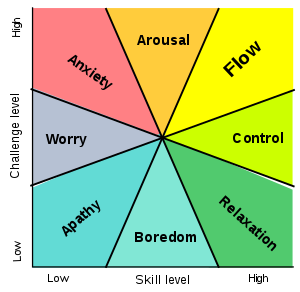Working for and with companies creating IoT solutions and with businesses buying them I have observed an interesting trend.
The companies which are struggling with selling IoT solutions are focused on the wrong problem.
It is probably obvious for most of you that customers buying IoT solutions are not buying technology, IoT hardware nor IoT software. They are buying a solution which either giving them cost reduction, or increasing their profit, or both.
In the IoT space, a value is not coming from hardware, or software, or connectivity. The value is created by transforming data into information to optimise their operation, support, production and/ or new product development.
Technology itself is not adding value. It needs to be aligned with the relevant business model.
The IoT business model evolves from selling products (with IoT features) thought selling service to selling results/outcome.
My company was recently working on a demo to demonstrate benefits of IoT technology. We created a greenhouse model. The demo has simple set of temperature, humidity, light and air pressure sensors and actuators: heating, misting, light, window opening and fan. Sensors are sending data to the Cloud, and the actuators are updated based on a set of rules evaluated in the Cloud.
It is a beautiful and simple demo, and I will use it as the example to explain the business model evolution.
In case of product sell a customer will be buying an instrumentation of a greenhouse and will be able to set-up rules and remotely manage and supervise her greenhouse. She will benefit from additional feature she will be able to use. However, she will have to pay the cost of the solution as it is implemented.
The following business model is focused on selling services. In this case, a customer will be buying a function of having access to a dashboard with real-time sensor readings and ability to set-up rules and remotely manage and supervise her greenhouse. She will be paying a monthly, or a yearly fee for using the service. In this scenario, the cost of installation and maintenance has to be covered by the greenhouse instrumentation company.
The last business model is more difficult to explain using this example, but let me try.
This business model is based on the idea of paying for results a customer using infrastructure (greenhouse with sensors, actuators and smart management) and she will be paying only for level yields achieved. (In our economy paying for results is not broadly implemented for example how nice it would be to pay for our kids academic results and not for a college, or paying for result of medical procedure and not for a procedure itself, or for how relaxed we are after a holiday and not for a flight, hotel, …) All the cost of creating and maintain the infrastructure has to be covered by the greenhouse company. The customer will be paying for the outcome only (low risk and high benefit).
In the example of the company selling service or being paid for the outcome could benefit from the collected data and improve its efficiency, and can generate additions income stream by selling data to other institutions. They could as well work together with companies buying the production of the greenhouse (for example flowers) and companies selling seeds, fertilizers, … It would enable the creation of an ecosystem of working in a perfect lockstep where the right seeds are getting deliver when the greenhouse is ready and in the right time to have flowers ready when there is demand. And the right fertilizers are being delivered when needed. And finally by collecting and analysing the weather, yields and greenhouse environmental data you can further optimise production and reduce cost.
The examples are a relatively simple explanation of the IoT business models and how they can evolve in the future. The existing hardware, software, and connectivity technologies are allowing to implement it, but first, the decision which business model to choose has to be done base on the market, cost and risk analysis

